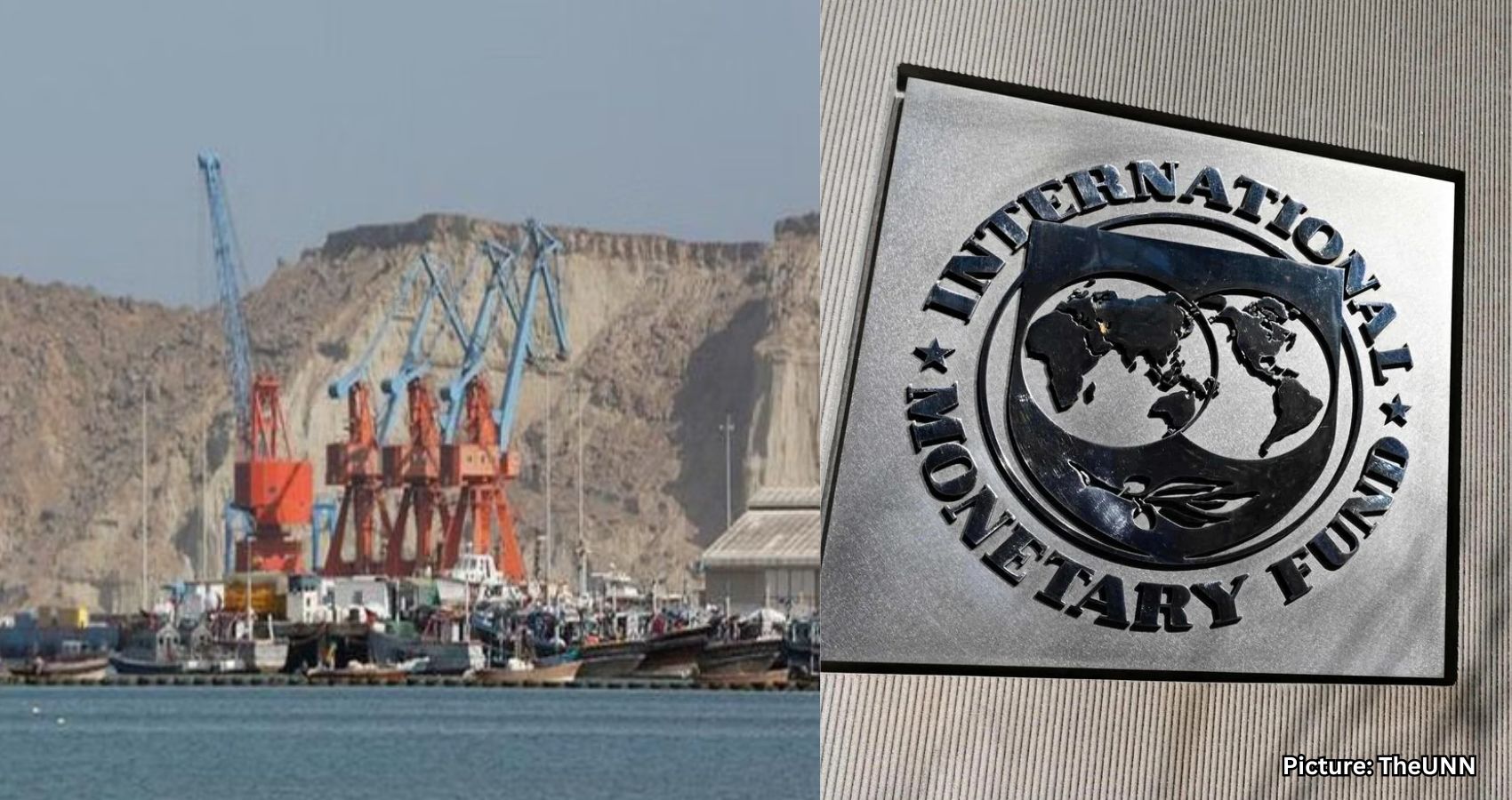Pakistan’s escalating debt crisis is exacerbated by loans from the IMF and China, with funds primarily benefiting Chinese shipyards while citizens endure inflation and austerity measures.
Pakistan’s economic landscape in 2025 presents a complex narrative marked by soaring debt, dwindling foreign reserves, and a reliance on loans from the International Monetary Fund (IMF) and China. However, political analysts and sources within the defense establishment suggest that the primary beneficiaries of this precarious financial situation may not be the nation’s struggling populace, but rather Chinese shipyards and original equipment manufacturers (OEMs).
According to the Economic Survey 2024-25, presented by Finance Minister Muhammad Aurangzeb, Pakistan’s debt has surged to an astonishing Rs 76,000 billion within the first nine months of the fiscal year. While the cash-strapped economy is projected to grow at a modest rate of 2.7% by June 2025, this glimmer of hope is overshadowed by a troubling reality: a significant portion of borrowed funds is being directed out of the country to finance Chinese-built warships, submarines, and defense technology.
The IMF’s involvement has been characterized as a double-edged sword. In May 2025, the organization approved a $1 billion disbursement as part of a larger $7 billion, 37-month program aimed at stabilizing Pakistan’s dwindling foreign exchange reserves and preventing a default on its $90 billion debt. While the IMF’s conditions—including fiscal reforms, social spending floors, and austerity measures—are viewed as steps toward economic discipline, experts caution that these measures offer only a temporary fix. A senior economic analyst, speaking on condition of anonymity, remarked, “The IMF loans plug immediate fiscal holes but do little to address structural imbalances. Pakistan remains trapped in a cycle of borrowing to repay borrowing.”
Compounding the issue, a substantial portion of these funds, along with rolled-over Chinese loans, is funneled directly to Chinese shipyards for high-profile defense contracts, including frigates, submarines, and technology transfers. A source within the defense establishment noted, “This is less about Pakistan’s security and more about boosting China’s industrial revenues,” highlighting the implications of Beijing’s Belt and Road Initiative (BRI). While these military projects may enhance prestige, ordinary citizens are left grappling with rising inflation and increased utility costs.
Pakistan’s debt to China now exceeds obligations to any other creditor, with many loans carrying high interest rates and short repayment periods. A political analyst pointed out, “Unlike concessional loans, Chinese financing for energy projects and defense purchases comes with strings attached.” As debt servicing consumes a significant portion of Pakistan’s fiscal resources, little remains for public investment. Even the much-lauded rollovers from China merely postpone the inevitable, adding interest without reducing the principal.
Behind closed doors, assessments reveal that Chinese OEMs and shipyards are enjoying substantial profits, while Pakistan’s economy continues to struggle. A former finance ministry official remarked, “The irony is that Pakistan pays for infrastructure and defense capabilities it can’t fully utilize. The benefits accrue to foreign contractors, not the public.”
The economic outlook for the average Pakistani remains grim. Inflation has driven up the prices of essential goods such as eggs, chicken, sugar, and dairy, significantly straining household budgets. A Karachi-based economist observed, “The government’s focus on military contracts with China seems disconnected from ground realities. Citizens bear the brunt of lender-imposed tariffs and austerity, while foreign shipyards cash in.”
Critics contend that Pakistan’s dependence on external financing supports fiscal and military ambitions but fails to foster broad-based economic growth. A policy expert from Lahore quipped, “The IMF and Chinese loans are a lifeline, but they’re also a noose. The question is whether Pakistan can break free from this debt trap before it chokes the economy.”
As Pakistan navigates this precarious path, voices from within the security establishment defend the emphasis on defense spending, citing regional threats. However, analysts caution that prioritizing expensive military projects over domestic welfare could lead to long-term instability. A source from a defense think tank stated, “The government must balance strategic needs with economic realities. Otherwise, the real cost will be borne by Pakistan’s people, not its creditors.”
With Chinese shipyards thriving and IMF conditions tightening, the future of Pakistan’s economy hangs in the balance. The pressing question reverberating through policy circles is clear: who truly benefits in this high-stakes game of loans and military contracts?
Source: Original article

